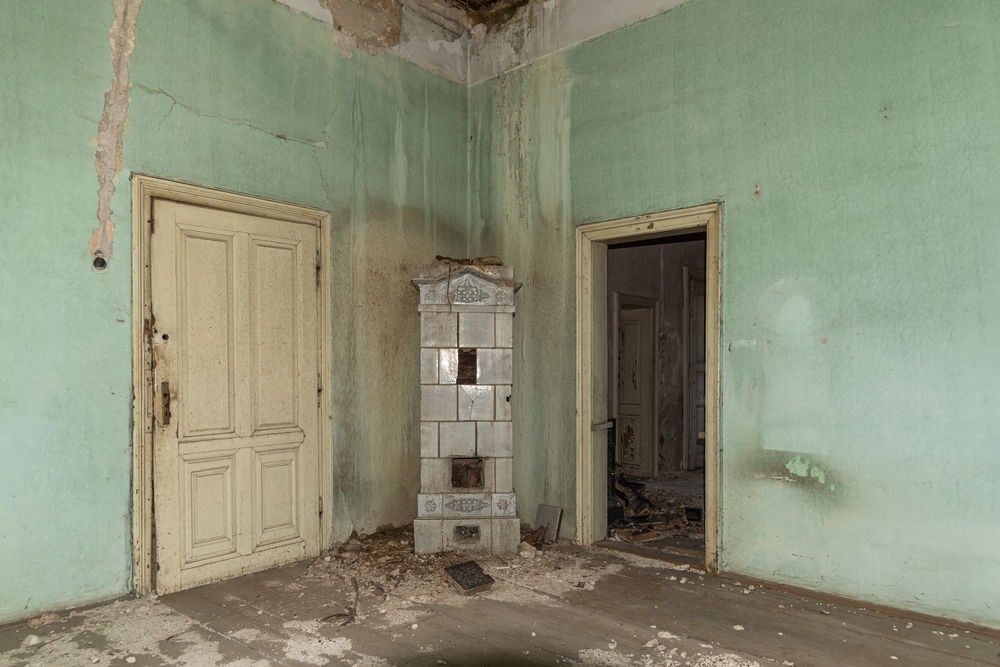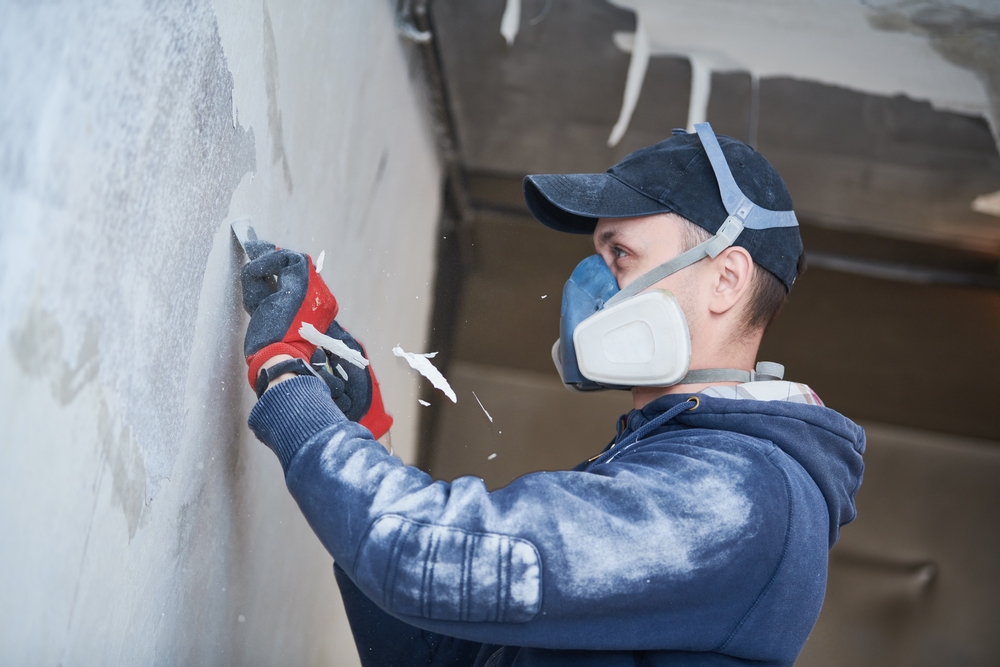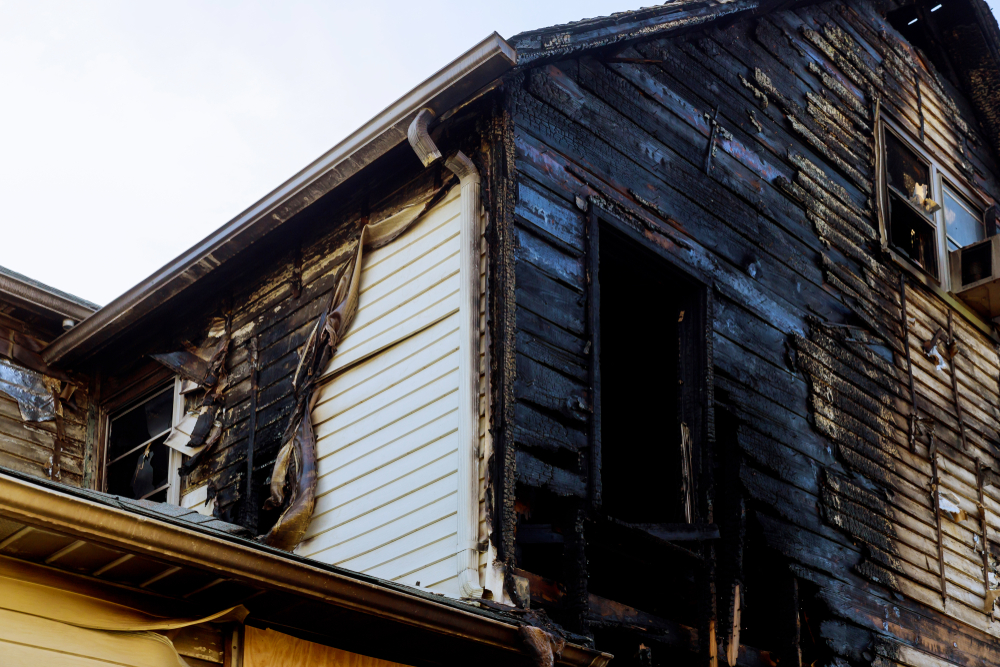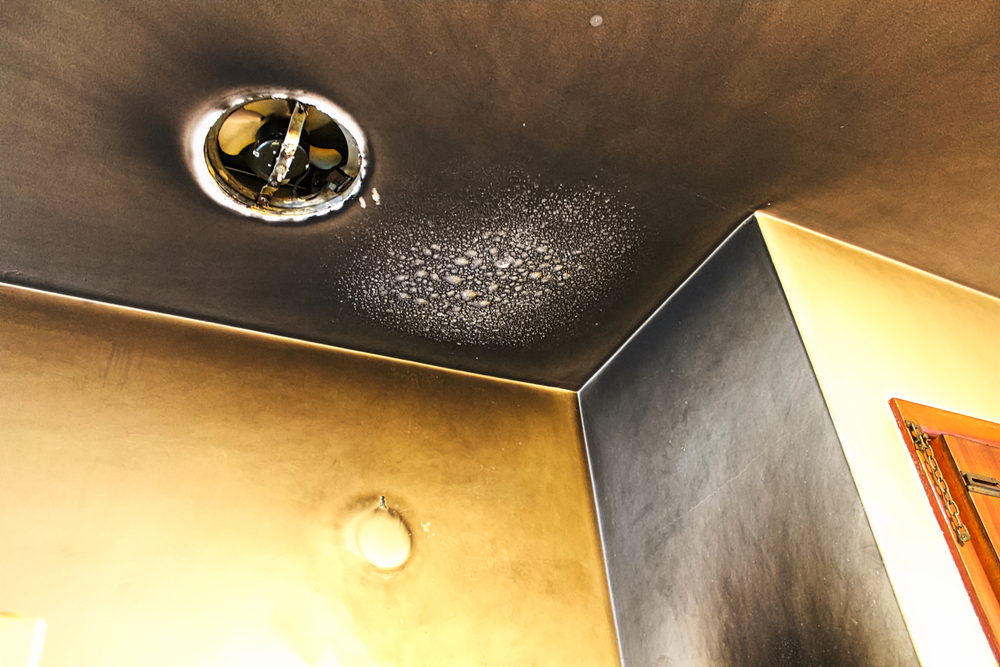For property managers and homeowners, a fire can be among the most catastrophic disasters. Although the fire itself is a damaging agent, typically the smoke and soot damage causes long-lasting, covert consequences. The smoke and soot might persist in your house or business even after the flames have been put out, therefore compromising the state of the property and your health. The complexity of smoke and soot removal, the value of expert cleaning, and the procedures required in returning your property to pre-loss state will be discussed in this paper.
The Destructive Impact of Smoke and Soot Damage
The flames of a fire frequently inflict the quickest harm. But smoke and soot can travel much beyond the directly impacted area of the fire, doing havoc in apparently unspoiled locations. Smoke and soot damage not only the surfaces but also the air quality and even your possessions, thereby impacting more than simply appearance.
When items burn incompletely, a black, powdery residue called soot results; smoke consists of gases, particles, and chemicals. These chemicals can permeate things, leaving stains, smells, and occasionally even health hazards. It gets more difficult to eliminate longer smoke and soot remain untreated. This is why skilled and timely cleaning is rather vital.

The Importance of Timely and Professional Cleaning
Act fast to stop more damage following a fire. If soot and smoke particles are not taken care of quickly enough, they can settle deep into porous surfaces such wood, cloth, and carpet, thereby making cleaning more difficult. Delayed cleaning also raises the possibility of residual smells, which can make it challenging to rent or sell the house going forward.
Ensuring the complete and efficient repair process depends critically on professional cleaning. Professionals in fire damage cleanup have the correct tools, knowledge, and cleaning methods to eliminate soot and smoke from your home so it looks as it did before.
The Challenges of Removing Smoke and Soot
Eliminating smoke and soot damage is not easy work. Fire damage cleanup calls for specific tools and resources unlike most cleaning jobs. Extremely tiny and able to pass through walls, furniture, ceilings, even HVAC systems, smoke particles make it difficult to completely undo the damage. Some smoke and soot may remain undetectable without the necessary knowledge, thereby prolonging issues over the long run.
The Smoke and Soot Removal Process
Eliminating smoke and soot damage calls for a multi-stage process, each of which is crucial to guarantee complete restoration of the property and free of pollutants. Let’s examine closely the usual smoke and soot cleanup technique:
Step 1: Initial Assessment
Assigning the degree of the damage comes first in the cleanup process. A qualified fire damage restoration firm will thoroughly check your property to ascertain the extent of smoke and soot distribution as well as the impacted components.
- Evaluating the Extent of the Damage: Restoring experts will evaluate the smoke and soot damage on several surfaces—including furniture, walls, ceilings, and flooring. They will also search concealed areas, like as crawl spaces and attics, where smoke might have migrated.
- Identifying the Type of Smoke and Soot: Determine the kind of smoke and soot you produce. Soot and smoke vary in nature not all of which. The sort of fire—that of grease, electrical, or other kind—determines the kind of soot generated. Knowing the kind of soot can assist you decide which cleaning technique ideal for your house.

Step 2: Emergency Board-Up and Stabilization
Securing the property will help to stop more damage before the actual cleaning starts. This phase guarantees that no more damage results throughout the repair procedure and that your property is safe for entering.
- Securing the Property: Should the fire damage windows, doors, or roofs, these openings must be temporarily sealed or boarded off. This stops vandals, animals, or rain from additional property damage.
- Protecting Valuables and Personal Belongings: Any objects on the property that could be kept are meticulously removed or safeguarded during restoration. This could entail packing gadgets, artwork, or personal belongings to a secure place.
Step 3: Content Cleaning and Restoration
The cleaning and restoration process starts after the property is under stability. To get smoke and soot out of personal items including furniture, clothes, gadgets, and keepsakes, content cleaning is absolutely crucial.
- Cleaning and Restoring Personal Belongings: Professional cleaners can help some personal belongings to be cleaned and restored. Using professional tools like ultrasonic cleaning, fire restoration experts clean sensitive objects like artwork or jewels.
- Specialized Cleaning Techniques: Especially from soft surfaces, soot and smoke can be difficult to eliminate. Professionals break down the soot and get it out of your things using certain cleaning products and methods. Deodorizing treatments, for instance, help to remove the residual smoke odor.
Step 4: Structure Cleaning and Restoration
The structure itself has to be cleaned and restored next-forward This covers walls, ceilings, flooring, and the HVAC system among other surfaces.
- Cleaning Walls, Ceilings, and Floors: Soot and smoke residue will have settled on every surface in the impacted spaces. Professionals remove soot and smoke particles from these surfaces using particular methods include wet cleaning, dry cleaning, and abrasive cleaning.
- Removing Soot from HVAC Systems and Ductwork: Cleaning HVAC systems and ductwork—which may spew soot and smoke over the property—is among the toughest chores. By means of a comprehensive cleaning of ducts and filters, one guarantees that smoke does not keep permeating the air.
- Deodorizing the Property: Removing the last of the smoke odor calls for deodorizing following the physical cleaning. One could use fogging or ozone generators to eliminate the odor and guarantee freshness of the air.
Step 5: Final Inspection and Cleanup
The property is last inspected to make sure any soot, smoke, and smells have been effectively eliminated once the restoration job is finished.
- Verifying the Effectiveness of the Cleaning: The crew restoring the property looks for any traces of soot or lingering smoke. To check that the air is safe, they could employ specialist instruments include air quality testing equipment.
- Removing Debris and Waste: The site is cleared of any last fire-related trash, including burned goods or cleaning procedure waste. The area is then sanitized and cleansed to get it back to its natural state.
Professional Cleaning Techniques
Not every cleaning technique is appropriate for removing smoke and soot. These are a few of the most efficient professional cleaning methods applied in fire damage restoration:
- Wet Cleaning: Removing soot from porous materials like carpets and upholstery calls for wet cleaning. The soot is broken down using special cleaning agents and water, therefore facilitating the washing away process.
- Dry Cleaning: Delicate fabrics or anything that might be ruined by water—such as some kinds of upholstery, clothes, or artwork—should usually be dry cleaned. This approach uses specially designed powders or dry cleaning solvation to absorb soot particles.
- Fume Absorption: Fume absorption is neutralizing the smoke particles in the air to solve the residual smoke odor. To clean the air and get rid of the odor, restoration experts could make use of air scrubbers and certain filters.
- Ozone Treatment: Strong smells, including smoking, can be eliminated using ozone treatment rather successfully. Ozone is produced by ozone generators, which bonds with the smoke particles and neutralizes them therefore rendering the property free of odor.

Health Risks Associated with Smoke and Soot Damage
Not only is smoke and soot aesthetically unpleasant, but it can also seriously compromise health.
- Respiratory Problems: Breathing smoke and soot particles can cause coughing, wheezing, and shortness of breath among other respiratory problems. Long-term contact to these particles might worsen lung diseases like asthma.
- Skin Irritation: Soot can irritate the skin and produce dryness and rashes. Should soot not be adequately eliminated from furniture or clothing, it will over time aggravate the skin.
- Eye Irritation: Additionally aggravating the eyes and causing irritation, redness, and watering are the chemicals and particles in smoke. This is why it’s crucial to wipe soot from furniture and walls among other surfaces.
- Long-Term Health Effects: Constant exposure to smoke and soot can cause chronic health problems ranging from lung disease to cardiovascular problems to even cancer. This is the reason professionals should handle smoke and soot cleanup.
Tips for Minimizing Smoke and Soot Damage
Acting quickly will help to lessen the degree of smoke and soot damage. These pointers are here:
- Act Quickly: Start cleaning and restoring your property quickly; the better the results. Delayed action makes it more difficult to clean as soot and smoke settle deeper into surfaces.
- Ventilate the Property: Use fans and open windows to help the property be ventilated and smoke concentration in the air is lowered.
- Avoid Touching Soot-Covered Surfaces: Contact can readily spread soot; so, avoid touching surfaces covered in soot or moving objects about until they are professionally cleaned.
- Hire a Professional Cleaning Company: Hiring a qualified fire damage repair firm can help to guarantee efficient removal of smoke and soot. They possess the tools, knowledge, and experience needed to correctly restore your property.
Conclusion
One of the most difficult parts of fire repair is smoke and soot damage; handling it calls both skilled cleaning and specific knowledge. From the first evaluation to the last inspection, a comprehensive restoration project may assist guarantee that your property is brought back to pre-loss state. Acting fast and choosing a competent cleaning firm will help to minimize the long-term consequences of soot and smoke damage as well as safeguard everyone’s health and safety on the property.
Recall that you will suffer less damage going forward the sooner you solve the problem. If you require assistance in repairing your property following fire damage, do not hesitate to get in touch with a qualified cleaning firm.
Philadelphia Restoration Services
https://www.google.com/maps?cid=3399342399556699153
+1 267 668 0013
https://philadelphiarestorationservices.com/

